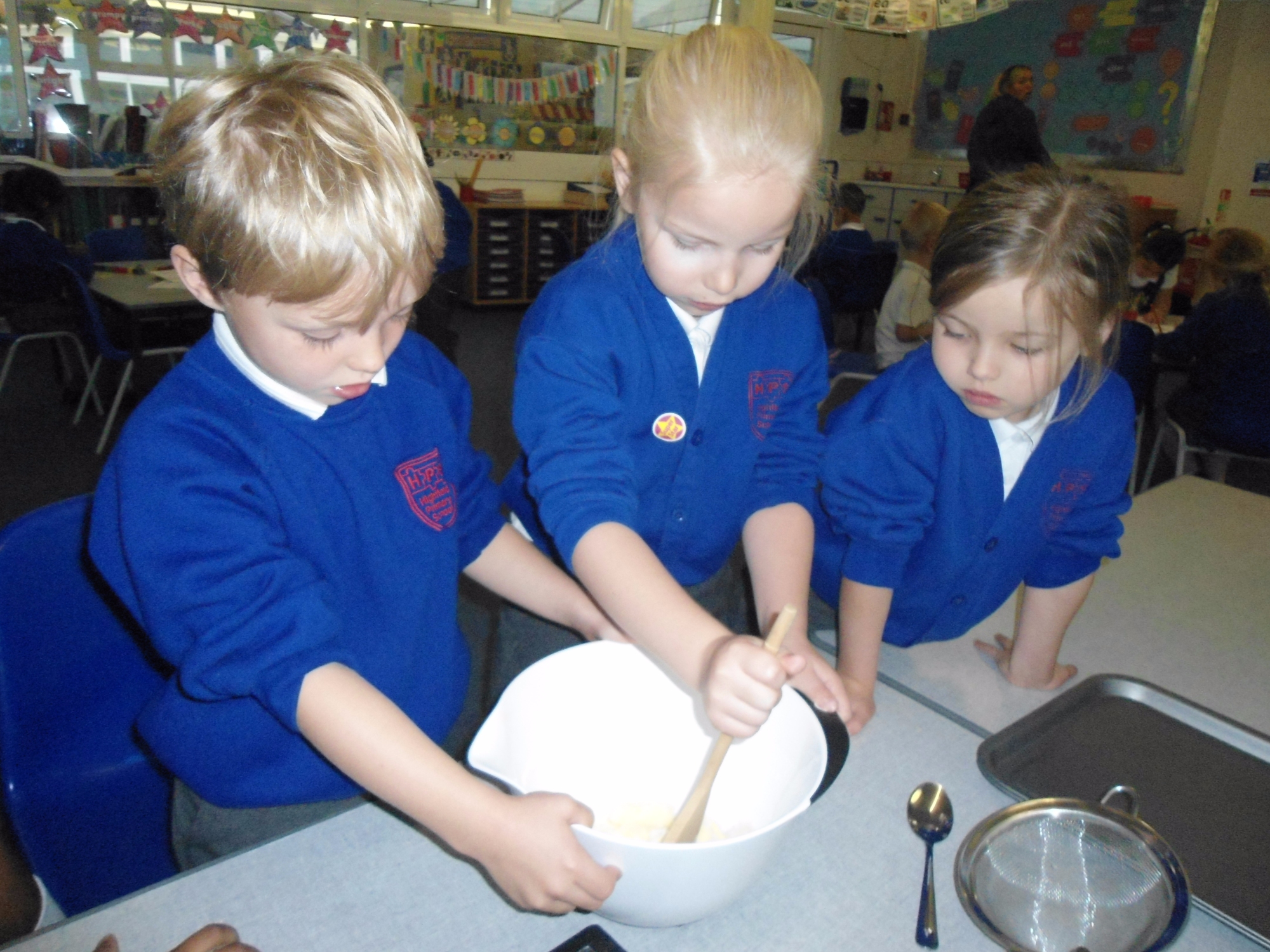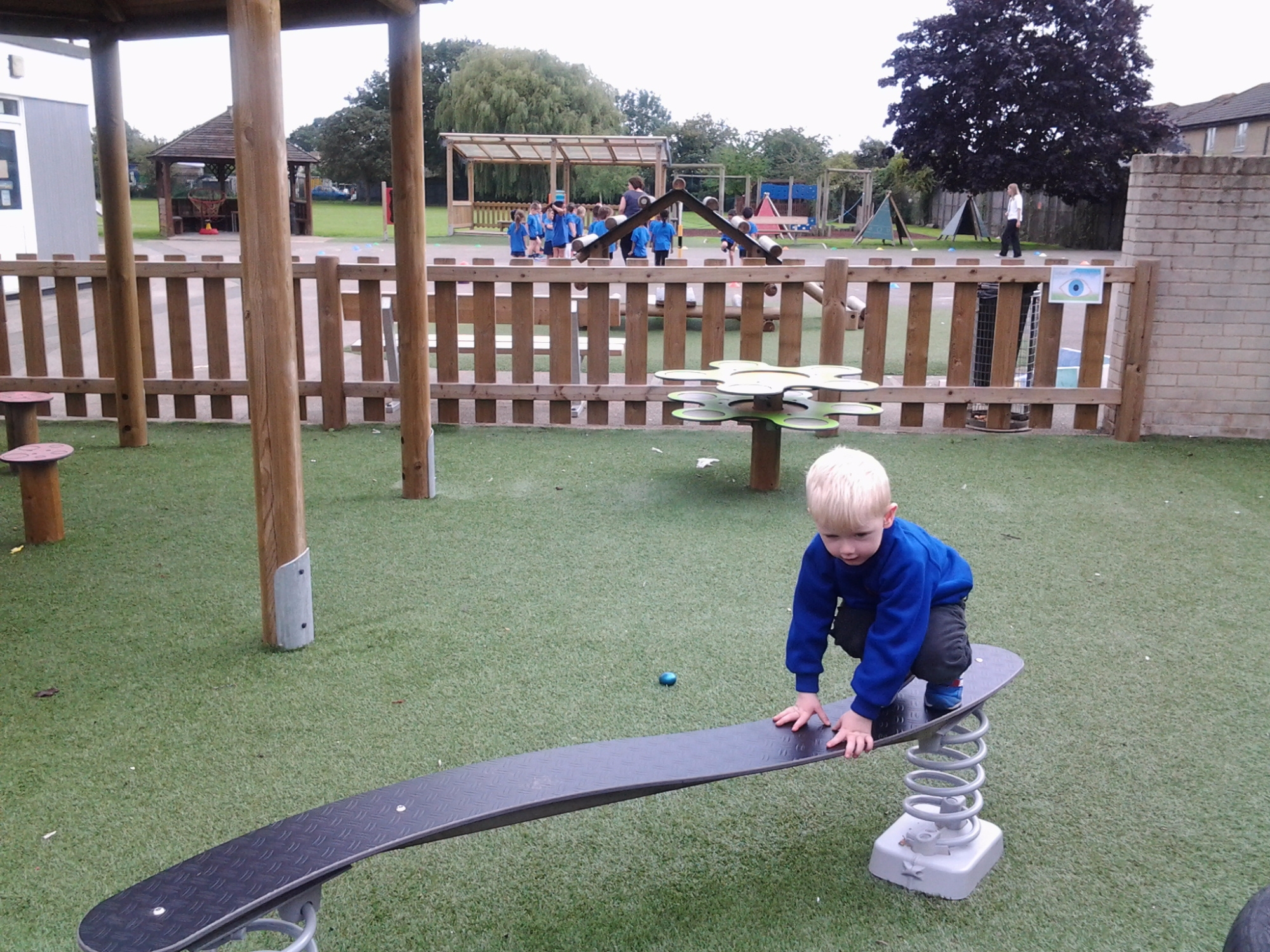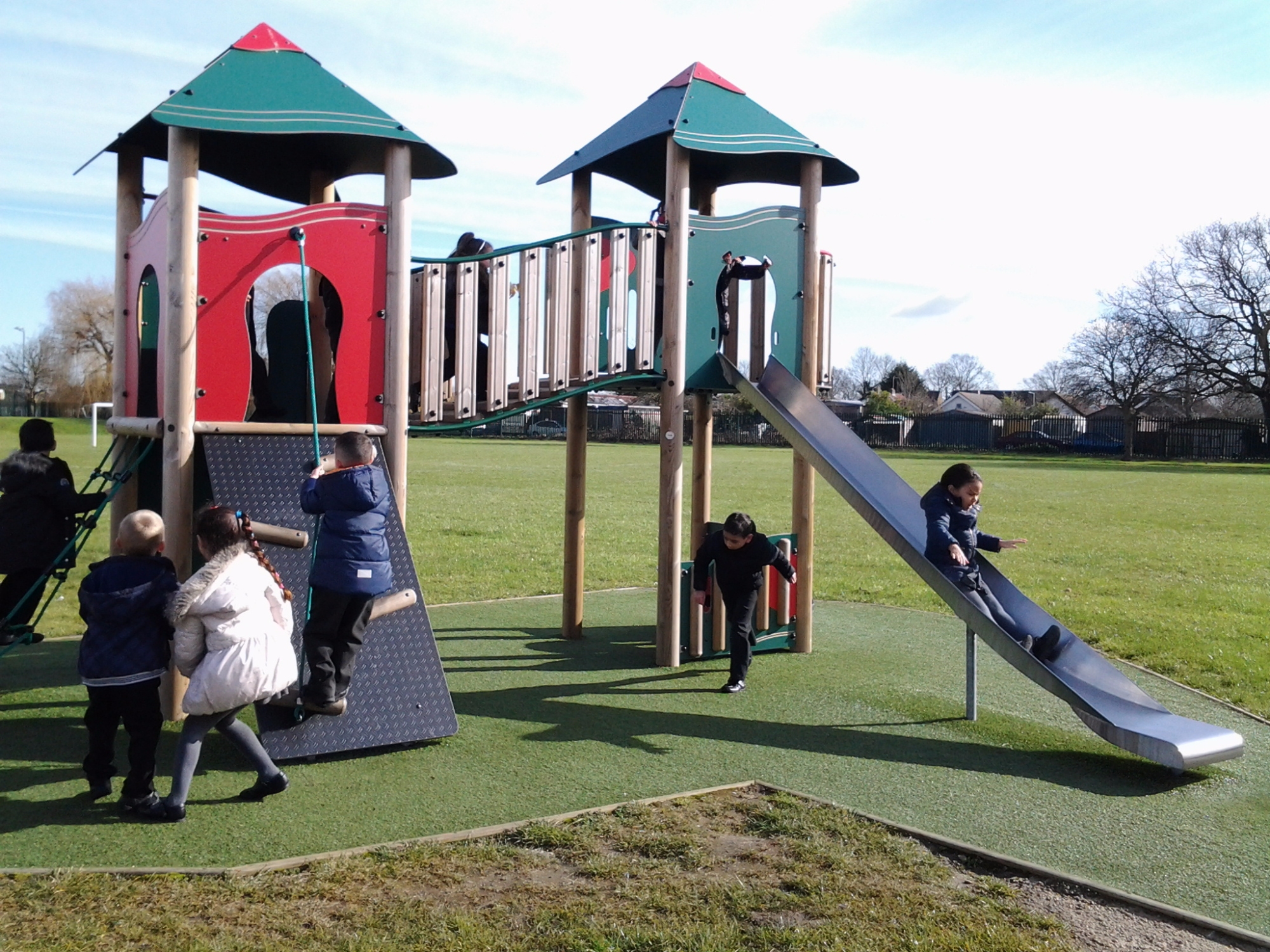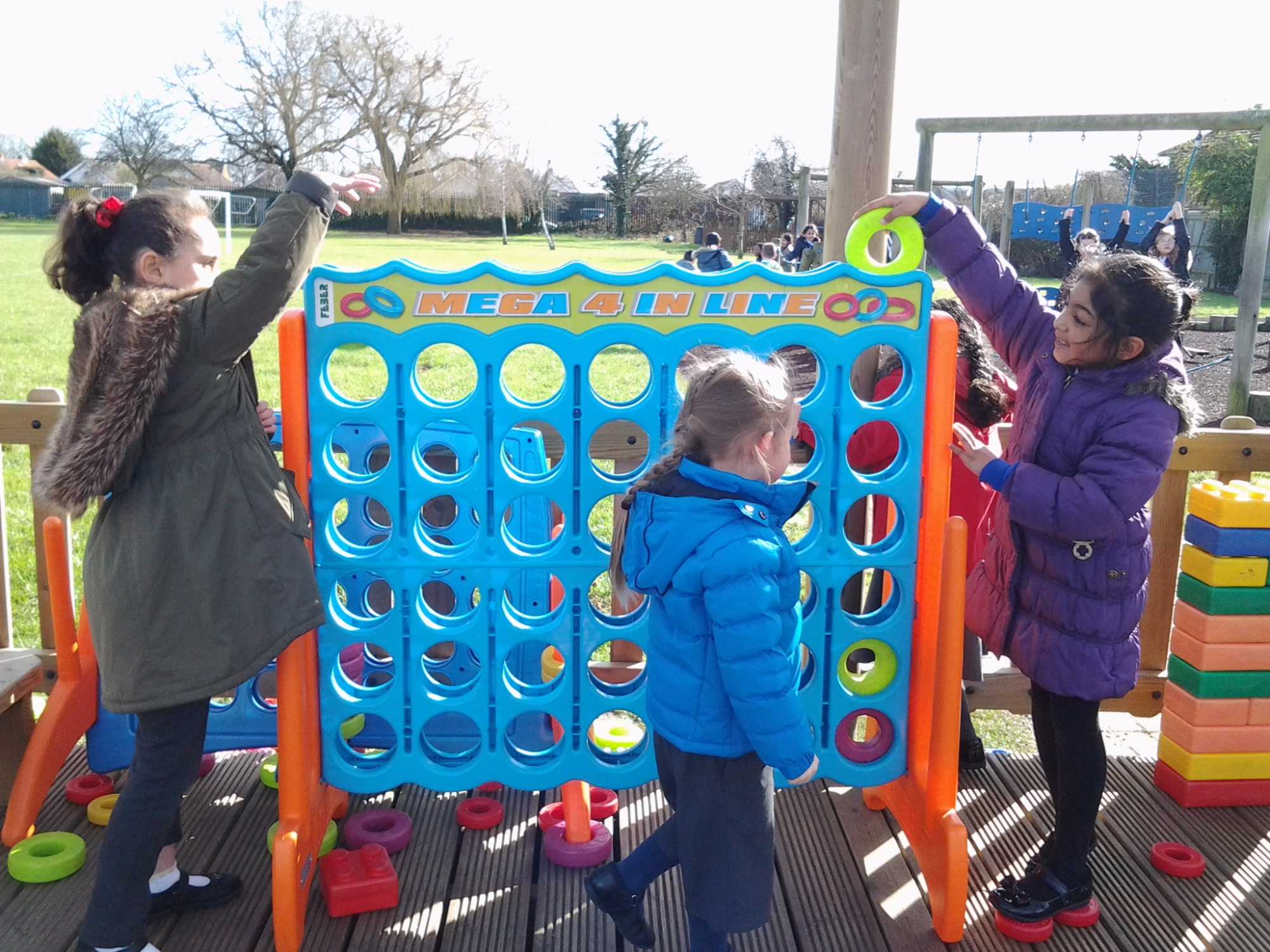Design and Technology
Design and Technology Curriculum
At Highfield Primary School our intent is to provide our children with a Design and Technology education that is relevant in the rapidly changing world. Through the curriculum, we will encourage: problem solving, opportunities for research, representation of ideas, exploration, investigation, idea development, product making and self/ peer evaluation. We believe that high-quality Design and Technology lessons will inspire children to think independently, innovatively and develop creative, procedural and technical understanding.
Our Design and Technology Curriculum is designed to enable our children to:
- be imaginative, creative and ambitious thinkers
- be able to explain how things work, and to draw and model their ideas
- know how to select appropriate tools and techniques for making a product, whilst following safe procedures
- have a developed knowledge and understanding of technological processes and products, manufacture and their contribution to our society
- approach design technology with positivity, showing joy, pride and satisfaction through all stages of the process
- see meaningful connections between design technology, other subjects and the wider world
- be individually creative, yet value collaborative teamwork to reach a purpose
- have the skills to analyse problems, innovate new ideas and generate suitable solutions
- be resilient when facing challenges and adaptable in order to overcome them
- be reflective when evaluating existing products, as well as their own work
Our Design and Technology curriculum is divided into five components, in which year upon year our children build upon their knowledge and skills progressively:
- Cooking and Nutrition
- Design
- Make
- Evaluate
- Technical Knowledge
In the Early Years Foundation Stage (E.Y.F.S.) setting, our Design and Technology provision is delivered through the Specific Areas of: Physical Development and Expressive Arts and Design
In Nursery our children are taught to:
- select and use activities and resources, with help when needed
- choose the right resources to carry out their own plan
- use one-handed tools and equipment
- explore how things work
- make imaginative and complex ‘small worlds’ with blocks and construction kits
- explore different materials freely, in order to develop their ideas about how to use them and what to make
- develop their own ideas and then decide which materials to use to express them
In Reception our children are taught to:
- develop their small motor skills so that they can use a range of tools competently, safely and confidently
- explore, use and refine a variety of artistic effects to express their ideas and feelings
- return to and build on their previous learning, refining ideas and developing their ability to represent them
- create collaboratively, sharing ideas, resources and skills
- use a range of small tools, including scissors, paintbrushes and cutlery
- safely use and explore a variety of materials, tools and techniques experimenting with colour, design, texture, form and function
- share their creations, explaining the process they have used
In Key Stages One and Two Design and Technology is taught in weekly blocks. This approach enables children to have a more focused and immersive experience so that knowledge can become more deeply embedded and previous knowledge recalled quickly and built upon sequentially.
Our curriculum is designed to ensure that exciting and engaging units, relevant to our children, provide solid building blocks to develop the children’s knowledge, skills and concepts. Tasks are carefully selected, adapted and designed to provide appropriate challenges to all learners and to develop independent working and confidence. Our pupils will have the opportunity to work with a wide range of media within a variety of contexts, including independent and collaborative working environments.
Ultimately, our aim is that our children will have combined practical skills with an understanding of aesthetic, social and environmental issues, as well as of functions and industrial practices. They will have reflected on and evaluated present and past design and technology; its uses and its impacts. The curriculum will have enabled them children to become discriminating and informed consumers and potential innovators now and in the future.





